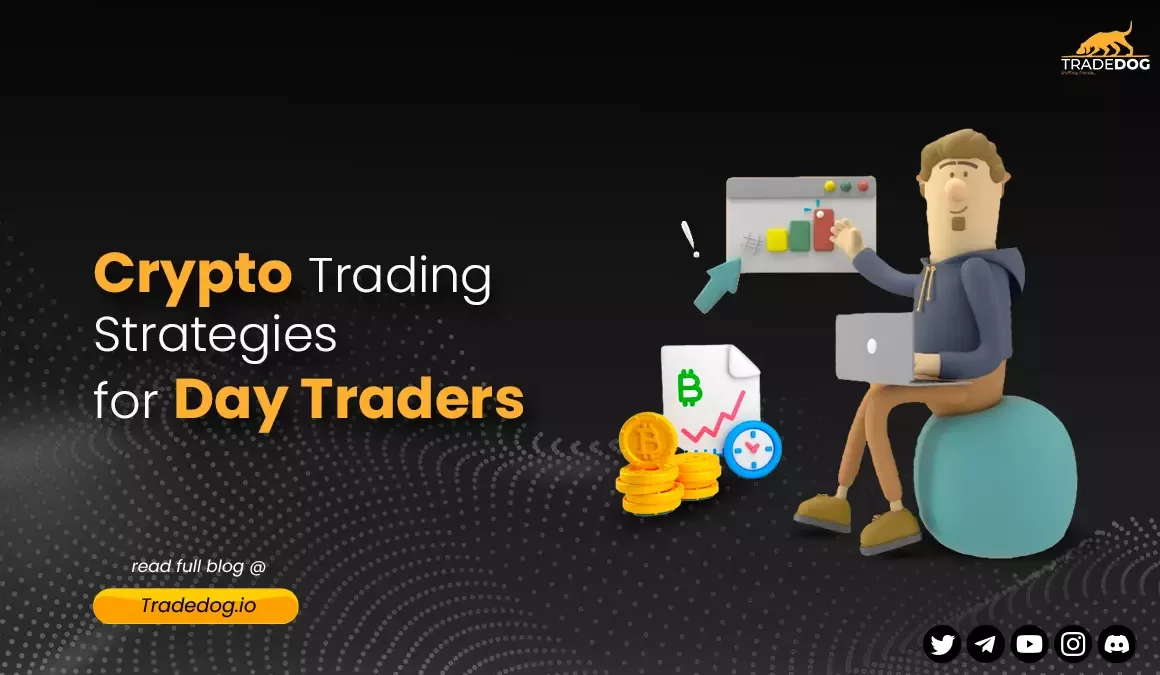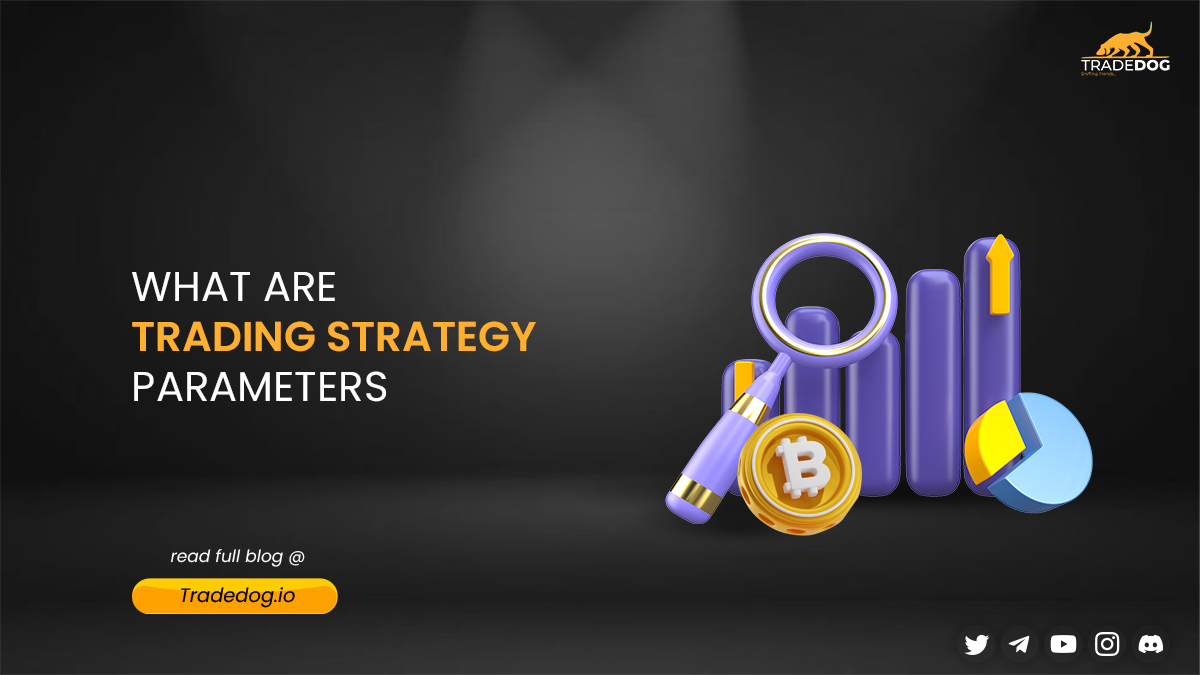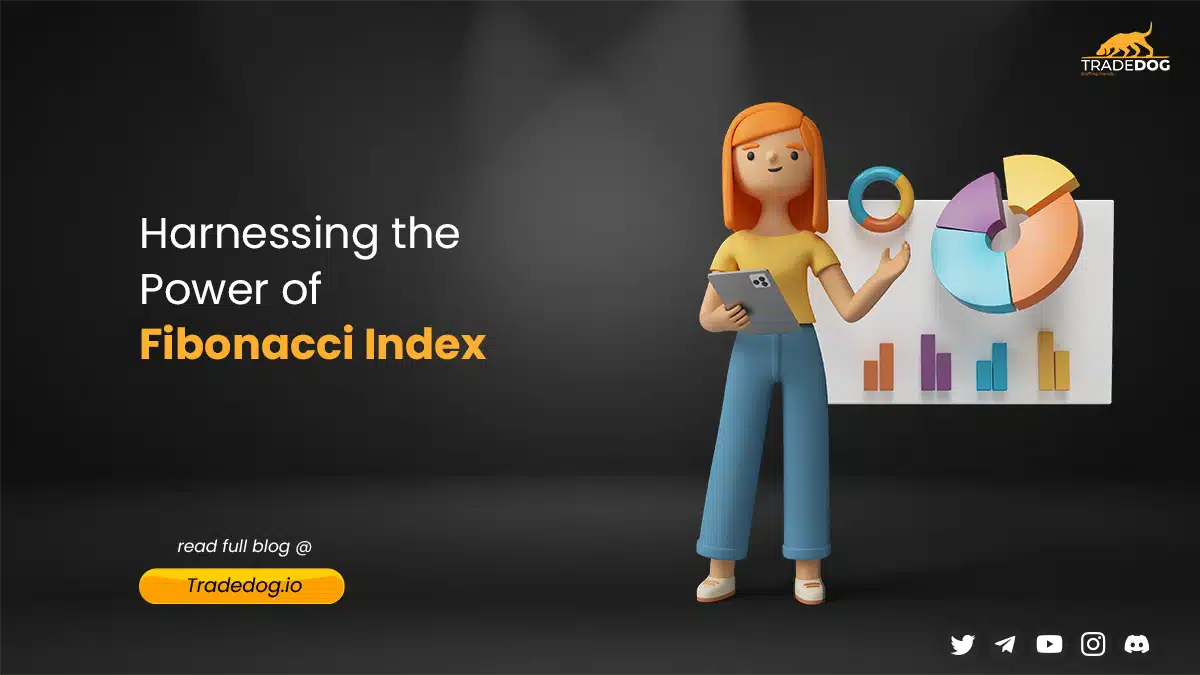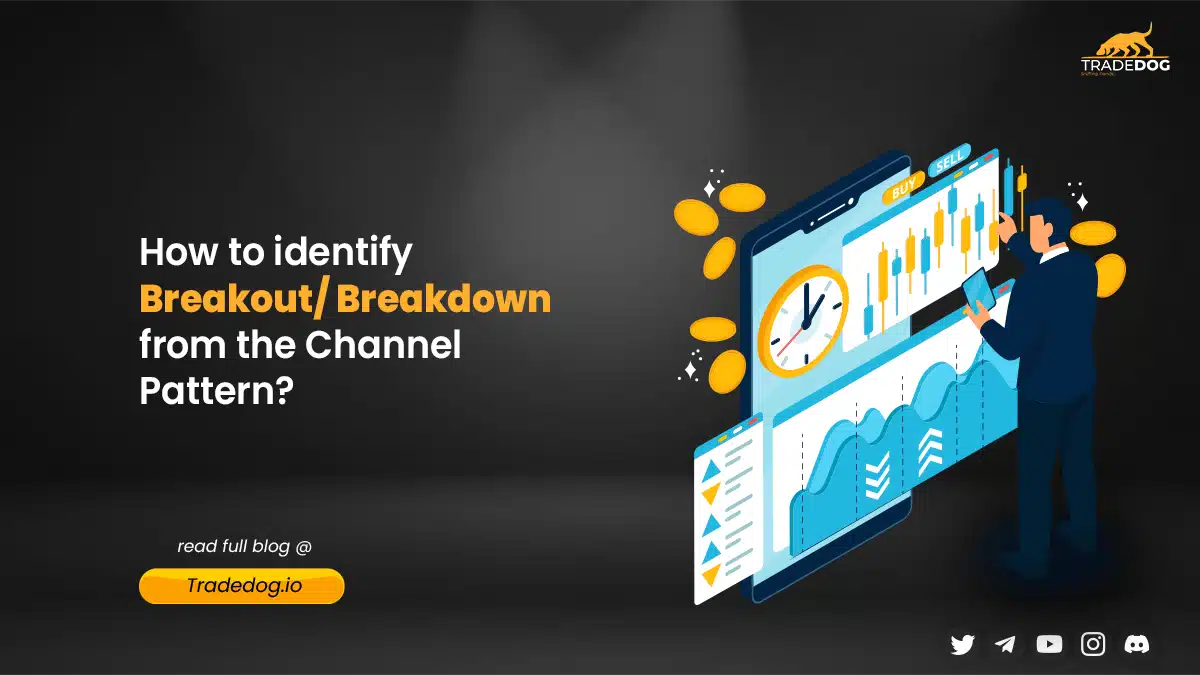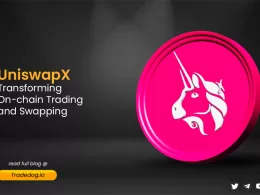Quick Links
- Benefits and Risks of Day Trading Cryptocurrencies
- Scalping Strategy for Crypto Day Trading
- Momentum Trading Strategy for Crypto Day Trading
- Breakout Trading Strategy for Crypto Day Trading
- News-Based Trading Strategy for Crypto Day Trading
- Advanced Day Trading Techniques
- Risk Management and Position Sizing
- FAQs
As the world of finance continues to evolve, more and more people are becoming interested in day trading cryptocurrencies. Day trading involves buying and selling financial assets within a single trading day, with the goal of making a profit from short-term price fluctuations. In this article, we will explore some popular crypto trading strategies for day traders, as well as the benefits and risks of day trading cryptocurrencies.
Benefits and Risks of Day Trading Cryptocurrencies
One of the main benefits of day trading cryptocurrencies is the potential for high returns. Crypto markets can be extremely volatile, with prices fluctuating rapidly within short periods. This provides ample opportunity for day traders to buy low and sell high, making a profit in the process.
However, there are also significant risks involved in day trading cryptocurrencies. The market is highly speculative, and prices can be influenced by a wide range of factors, including news events, social media sentiment, and even rumors. Additionally, the crypto market operates 24/7, which can make it difficult to keep up with price movements and news events.
How to Choose the Right Cryptocurrency for Day Trading
When choosing a cryptocurrency to trade, it’s important to consider several factors. First and foremost, you should choose a cryptocurrency that has a high trading volume and liquidity, as this will make it easier to buy and sell quickly at a good price. Additionally, you should consider the volatility of the cryptocurrency, as more volatile coins may provide greater opportunities for profit, but also carry greater risks.
Scalping Strategy for Crypto Day Trading
Scalping is a popular day trading strategy that involves making multiple trades within a single day, with the goal of making small profits from each trade. To be successful with this strategy, traders need to identify short-term price movements and execute trades quickly.
How to Identify Short-Term Price Movements
Short-term price movements can be identified by analyzing the market depth and order book of the cryptocurrency exchange. This will allow traders to see the current buy and sell orders, as well as the prices at which they are being offered.
Momentum Trading Strategy for Crypto Day Trading
Momentum trading is a strategy that involves buying cryptocurrencies that are showing upward momentum, with the expectation that the momentum will continue and prices will continue to rise. To spot momentum, traders use technical indicators such as moving averages, the Relative Strength Index (RSI), and the Moving Average Convergence Divergence (MACD).
Using Technical Indicators to Spot Momentum
Technical indicators can be used to identify trends and momentum in the market. For example, moving averages can be used to identify the overall trend of a cryptocurrency’s price, while the RSI can be used to identify overbought and oversold conditions.
Breakout Trading Strategy for Crypto Day Trading
Breakout trading involves buying cryptocurrencies that are breaking out of a range or pattern, with the expectation that the breakout will lead to a significant price movement. Traders can use technical analysis to identify potential breakouts, as well as news events and market sentiment.
How to Identify and Trade Breakouts
To identify breakouts, traders can use technical analysis tools such as trendlines, support and resistance levels, and chart patterns. Once a breakout has been identified, traders can enter a position with a stop-loss order in place to manage their risk.
News-Based Trading Strategy for Crypto Day Trading
News-based trading involves trading cryptocurrencies based on news events and market sentiment. Traders need to stay up-to-date with the latest news and events, and analyze how they might impact the market.
How to Stay Up-to-Date with Cryptocurrency News and Events
To stay up-to-date with cryptocurrency news and events, traders can follow industry news websites, social media accounts, and newsletters. Additionally, traders can use sentiment analysis tools to gauge market sentiment and identify potential trading opportunities.
Advanced Day Trading Techniques
In addition to the basic strategies outlined above, there are many advanced day trading techniques that can be used to maximize profits and minimize risk. These techniques include using multiple time frames for analysis, identifying and trading chart patterns, and using trading bots and algorithms.
Here are some advanced day trading techniques that experienced traders use to gain an edge in the market:
- Market depth analysis: This technique involves analyzing the buy and sell orders placed by market participants at different price levels. Traders use this information to identify potential areas of support and resistance and to make informed trading decisions.
- Options trading: Advanced traders use options trading strategies to profit from changes in the price of the underlying asset. These strategies involve buying and selling options contracts, which can be used to hedge against potential losses or to amplify profits.
- Pair trading: This technique involves trading two correlated assets simultaneously to take advantage of price differences between them. Traders use statistical models to identify pairs of assets that are likely to move in tandem and then enter trades when the price difference between them reaches a certain level.
- Arbitrage trading: This strategy involves taking advantage of price discrepancies between different exchanges or markets. Traders buy the asset on the exchange where it is cheaper and sell it on the exchange where it is more expensive, profiting from the difference.
- High-frequency trading: This technique involves using algorithms to execute trades at high speeds, often in milliseconds. Advanced traders use high-frequency trading to take advantage of small price movements and to execute large volumes of trades quickly.
- Quantitative analysis: Traders use quantitative analysis techniques such as statistical modeling and machine learning to analyze large amounts of data and identify patterns and trends. This approach helps them make more informed trading decisions and can be particularly useful when trading complex financial instruments.
- Position trading: This technique involves holding positions for longer periods of time, typically weeks or months, rather than minutes or hours. Advanced traders use position trading to take advantage of longer-term trends in the market and to reduce the impact of short-term price fluctuations.
- Seasonal trading: Traders use seasonal trading strategies to take advantage of recurring patterns in the market that are influenced by seasonal factors such as holidays, weather patterns, and other events. This approach can be particularly useful when trading commodities or other assets that are affected by seasonal factors.
- Quantitative easing: This technique involves trading based on the actions of central banks and other monetary authorities. Advanced traders use quantitative easing to anticipate changes in interest rates, currency exchange rates, and other economic factors, and to enter trades accordingly.
Risk Management and Position Sizing
Risk management is an essential part of day trading cryptocurrencies. Traders should always use stop-loss orders to limit their potential losses, and they should also use position sizing to manage their risk. Position sizing involves determining how much of a trader’s account should be used for each trade, based on the trader’s risk tolerance and the potential reward of the trade.
FAQs
How Much Time Do I Need to Spend on Day Trading Cryptocurrencies?
Day trading cryptocurrencies requires a significant amount of time and effort. Traders need to constantly monitor the markets, stay up-to-date with news and events, and execute trades quickly. While the exact amount of time required will vary depending on the trader’s strategy and goals, it is generally recommended that traders devote several hours each day to trading activities.
Can Day Trading be Profitable for Beginners?
While day trading can be profitable for beginners, it is important to approach the market with caution and to start with small positions. Beginners should also focus on learning the basics of trading and risk management before diving into more advanced strategies.
How Do I Manage My Risk When Day Trading Cryptocurrencies?
Risk management is essential for day trading cryptocurrencies. Traders should always use stop-loss orders to limit their potential losses, and they should also use position sizing to manage their risk. Additionally, traders should diversify their portfolio and avoid putting all of their funds into a single trade or cryptocurrency.
What are the Best Cryptocurrency Exchanges for Day Trading?
There are many cryptocurrency exchanges that offer trading services for day traders. Some of the most popular exchanges include Binance, Coinbase Pro, Kraken, and Bitfinex. When choosing an exchange, it is important to consider factors such as trading fees, security, and the availability of the cryptocurrency pairs you are interested in trading.
How Can I Develop My Own Day Trading Strategy?
Developing a successful day trading strategy requires research, practice, and experimentation. Traders should start by learning the basics of trading and technical analysis, and then experiment with different strategies to find what works best for them. It is also important to constantly monitor and evaluate the performance of your trading strategy, and to make adjustments as necessary.





